To start students had to use their skills of observation and prior knowledge to name a range of fabrics and materials they were shown. They used their senses to help them.
This material feels soft, spongey, and stretchy. It feels like wetsuit material. Can I put water on it to check?
When looking at leather, Mason said ‘I have smelled this before. It smells like shoes'
Once students were told what the fabrics were, they had to identify their properties and what a purpose for each one could be.
This looks like what jeans are made of
This one is shiny and smooth. It could be what dresses are made of
Polyester doesn’t wrinkle. It flattens back into shape. This would be good for making shirts because you wouldn’t have to iron them
To make identifying purposes of fabrics easier, Room 1 conducted some tests. The first test was about strength. Students had to predict the strength of each fabric. They tested their prediction by making a small cut in their fabric and measuring the amount of force it took to try and tear through it.
During testing, students discussed what some of the materials could be used for based on their results.
Some of the strongest fabrics were nylon and denim. I know denim is tough because it was used to make jeans for people who had to work in factories a long time ago
I couldn’t rip through the rubber. That's why it’s used to make tough stuff like gumboots and tyres
For the purpose of science, we had a strong-person contest to see who could destroy their piece of Hessian fabric the fastest.
At the same time, I was looking to see if anyone could recognise the structural elements of this fabric to help them work out the best strategy to use. All students, apart from one, struggled to tear through the fabric.
Ripping through the fabric was too hard because it was criss-crossed together. I wondered what would happen if I tried pulling it apart. It was heaps easier. I was the first one to pull it apart, then everyone copied me
From this investigation, we learned that the strength of the material depends on the strength of the fibers and how they are put together.
The class tested the absorbency of fabrics and whether or not they leaked, absorbed, or repelled water. Again, students made predictions first before they tested their thinking. Students had to discuss their findings and what they might mean in terms of fashion design.
Nylon and vinyl repel water, so they would both be great to make jackets out of. I would rather have a nylon jacket, though, because it is more flexible and not so hard
With wool, small drops ran off the top, but when we dunked it in a cup of water, it absorbed water. A woollen top will keep you warm and dry when it is drizzly, but probably not when it’s pouring down
Hessian leaked straight away, but no one would wear it anyway. It’s strong though, so best to use as sacks to carry stuff
I wonder why her polyester absorbed water and mine repelled it. Maybe mine is mixed with other fabrics
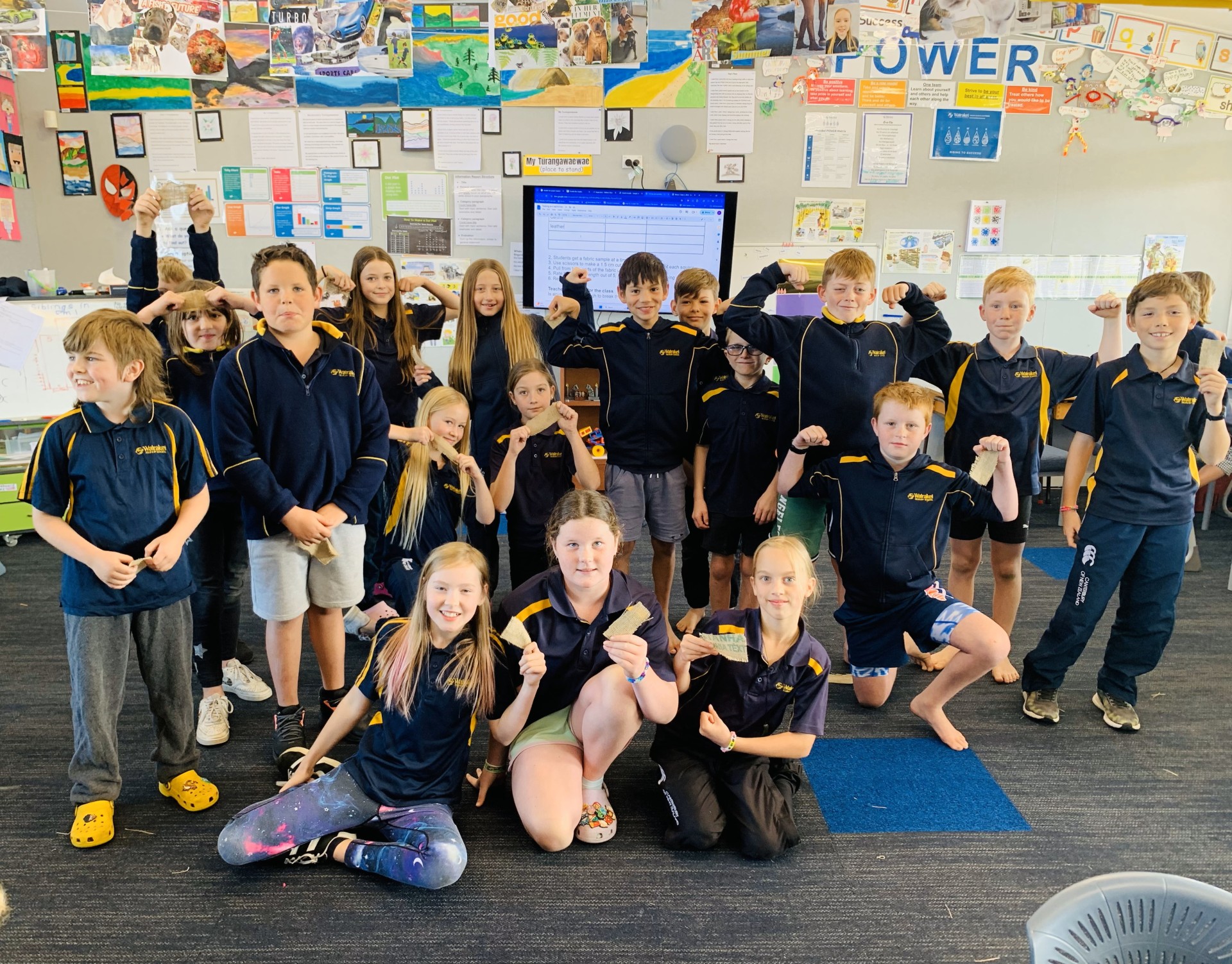
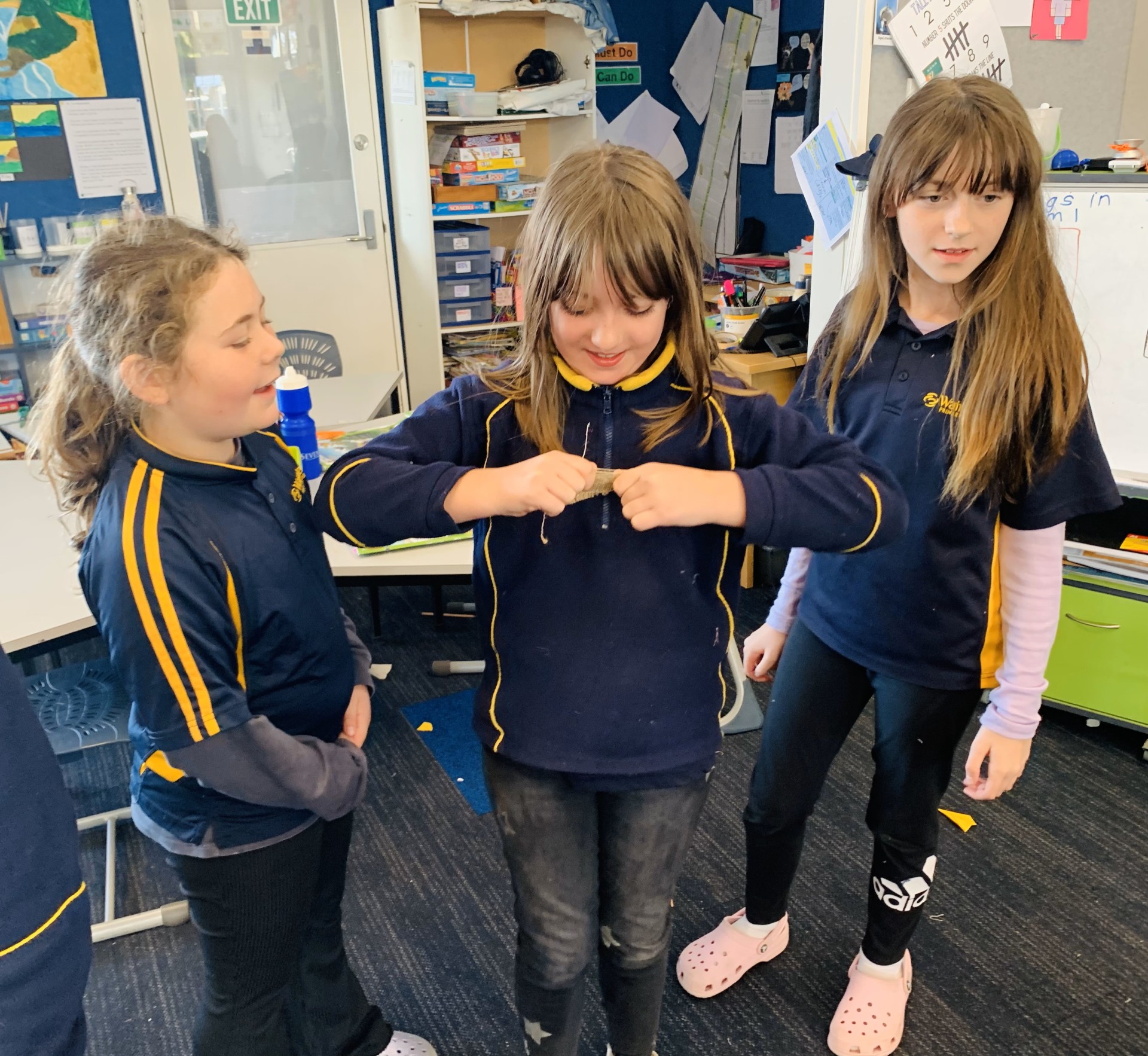
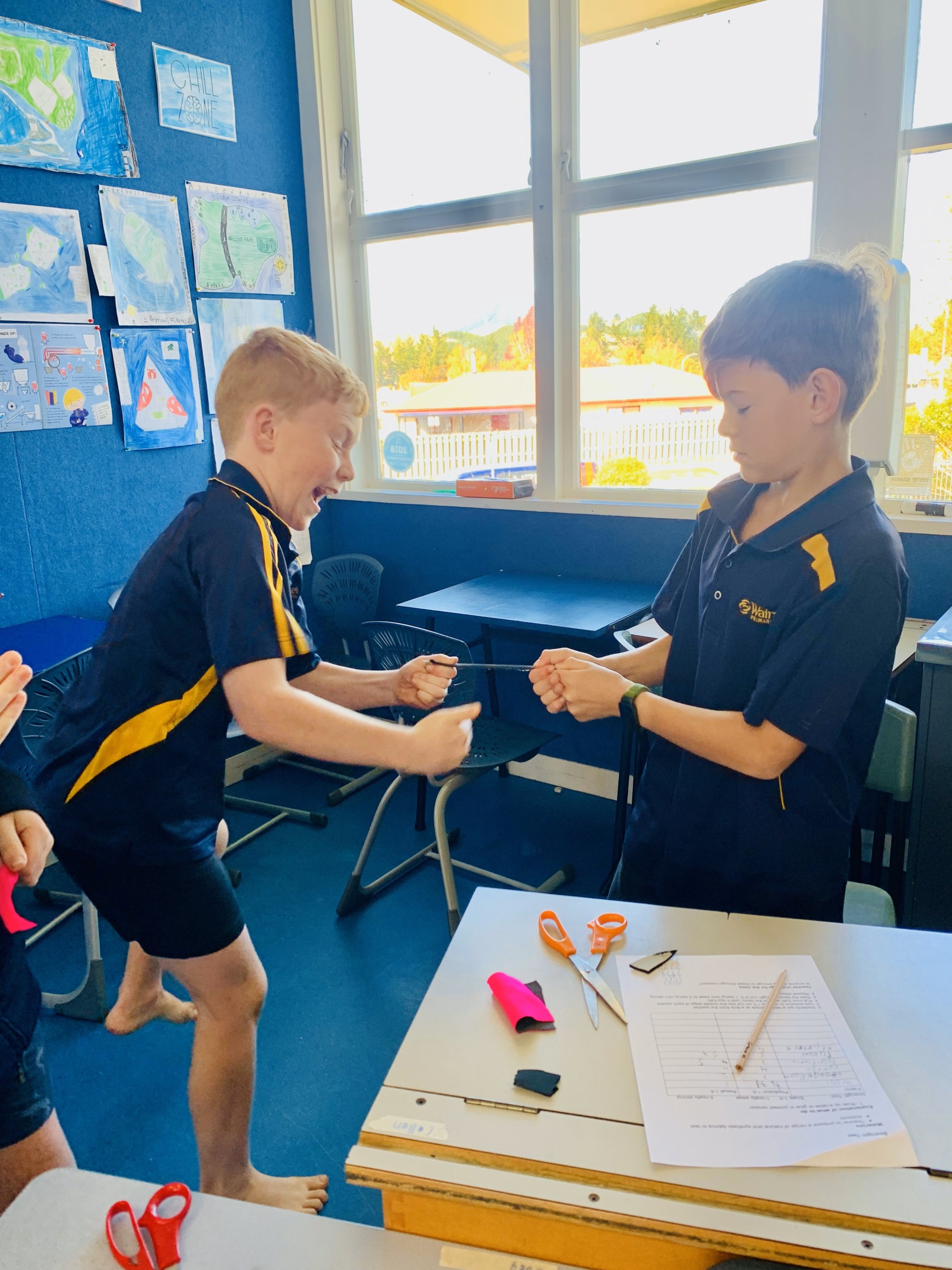
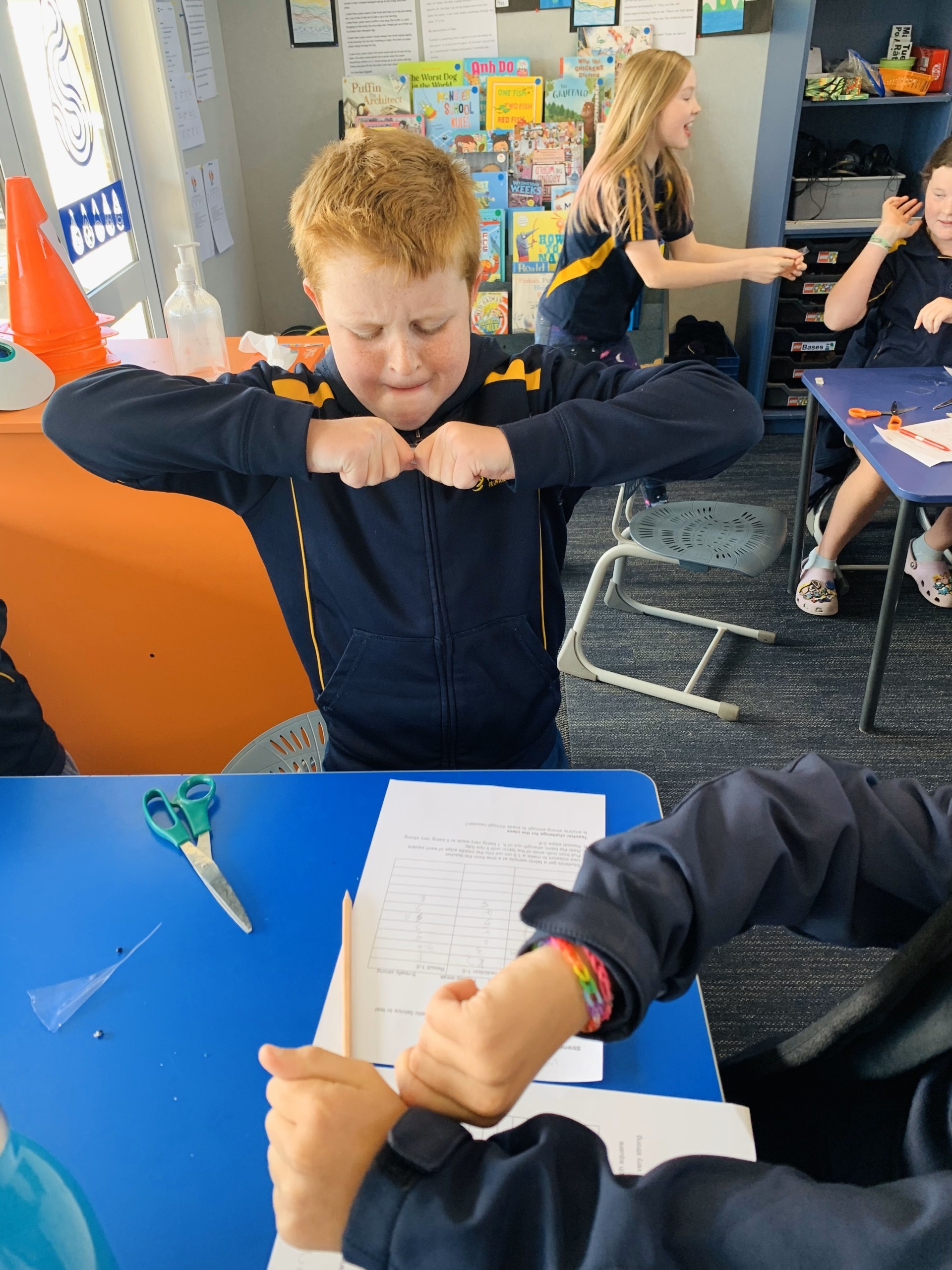
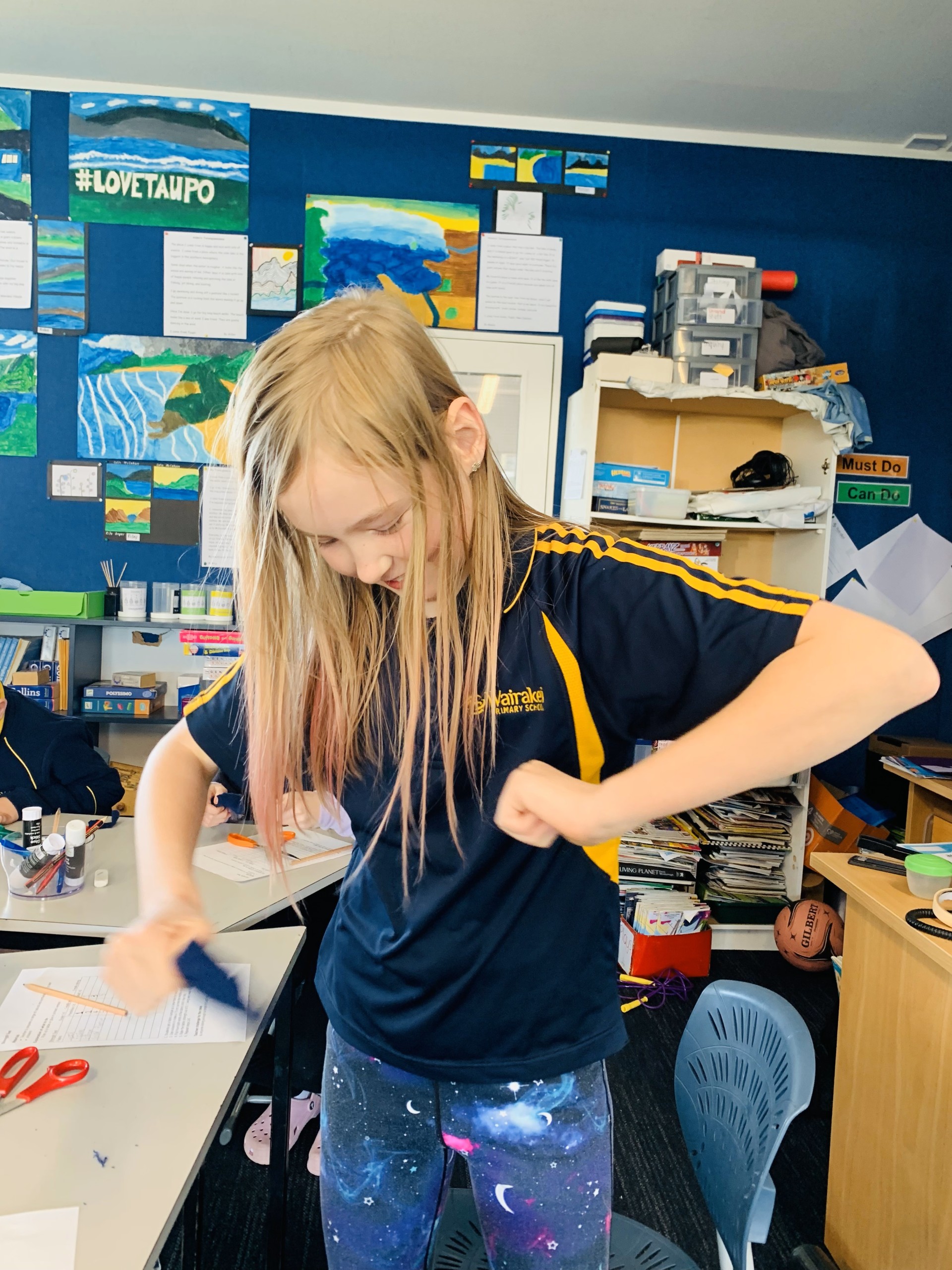
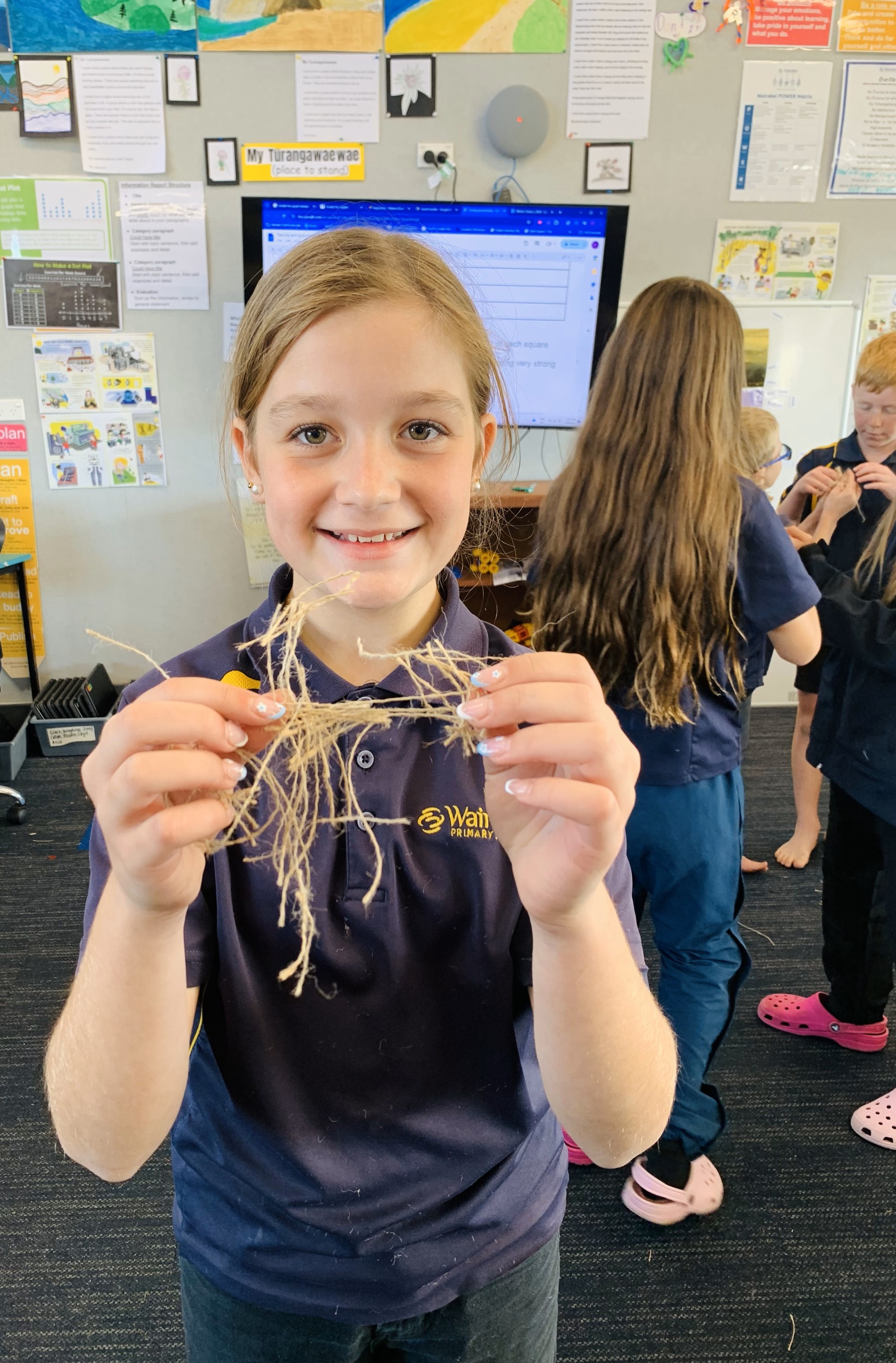
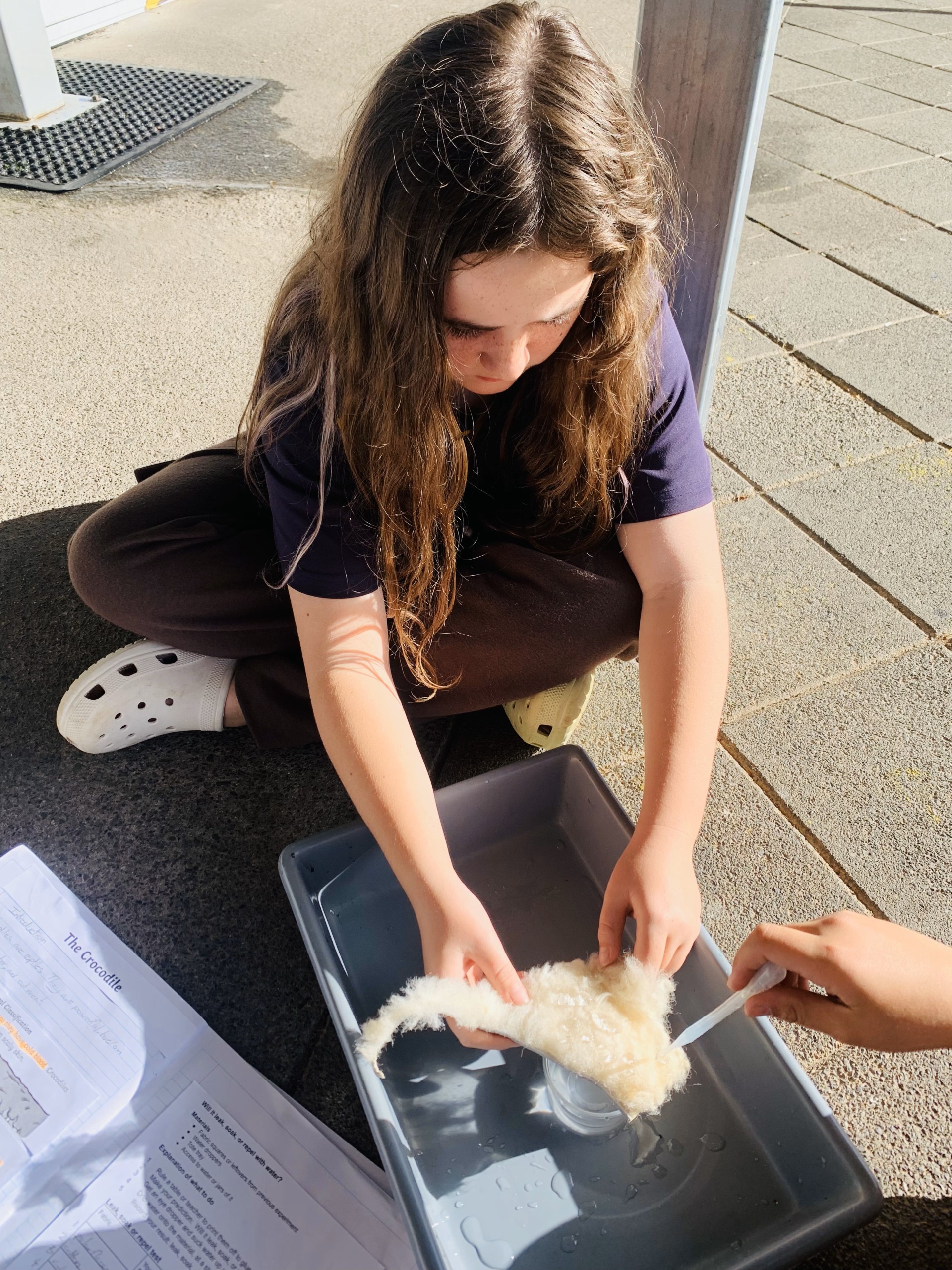
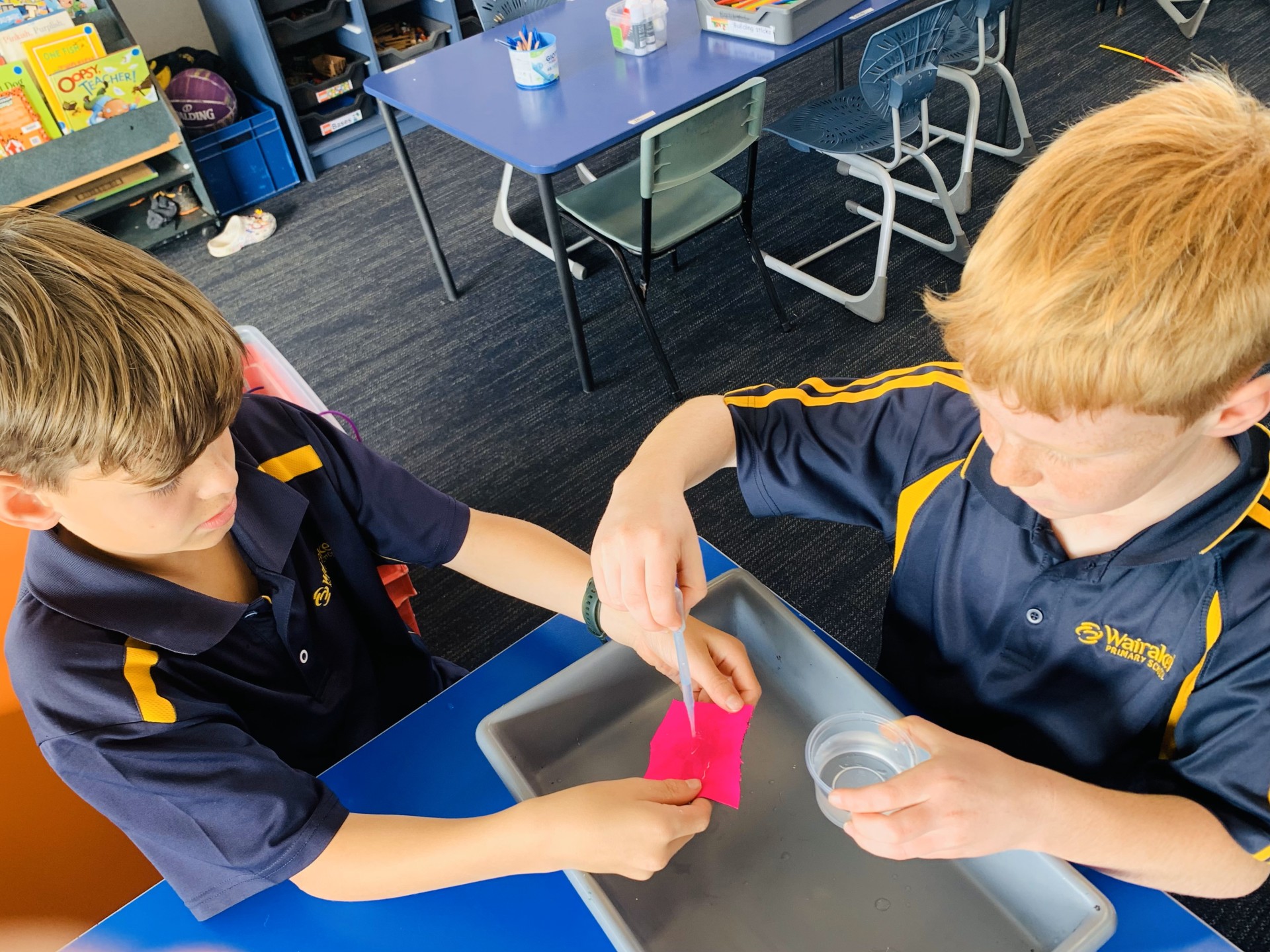

Comments
No one has commented on this post yet.